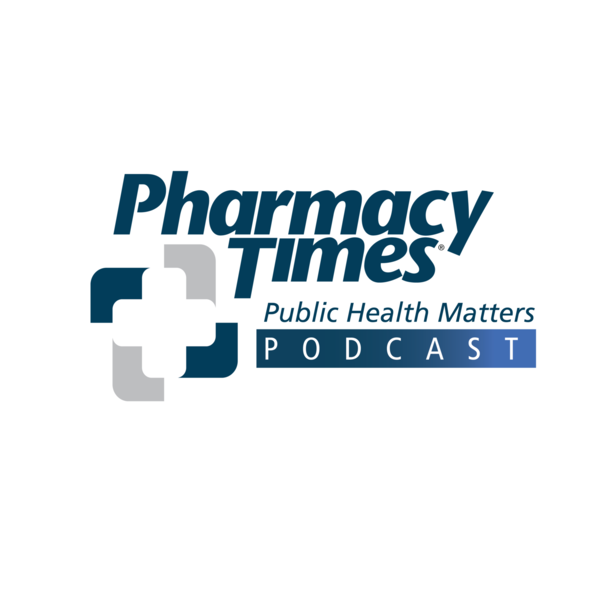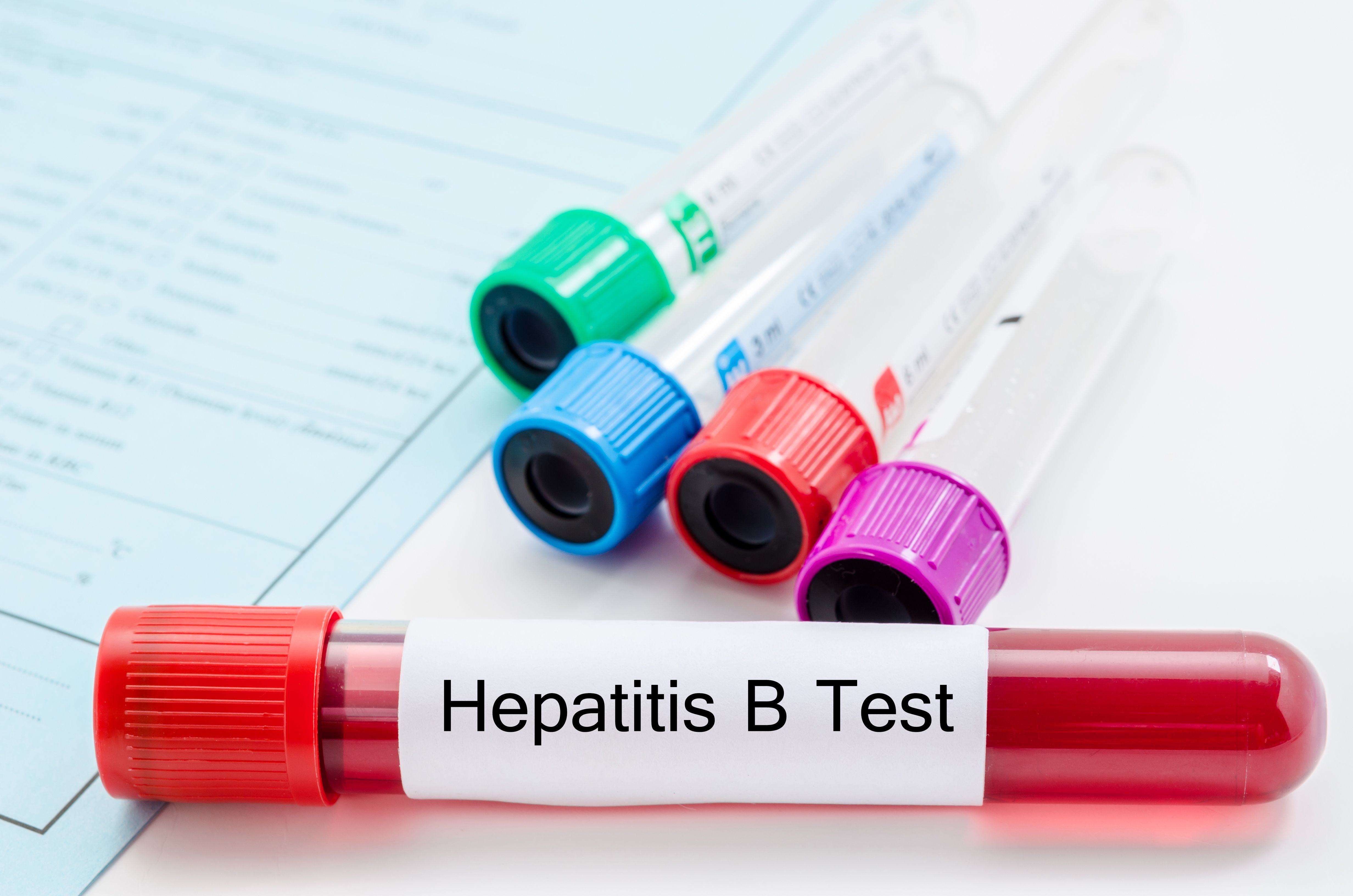Article
Adherence in a Nutshell
Author(s):
Non-adherence to medication regimens is estimated to cost approximately $290 billion dollars in unnecessary medical expenses.
Approximately 50% of all patients do not take their medication as prescribed. This is often a result of poor health literacy, lack of involvement in the health care process, or financial strain to name a few.
This leads to subclinical outcomes, disease progression, disease reoccurrence, etc.
Therefore, health care practitioners of all kinds are interested in high patient medication adherence. Prescribers with patients more adherent to medication have healthier patients overall. This results in fewer hospitalizations, less disease progression, and possibly fewer comorbidities.
Pharmacists are also interested in medication adherence due to these same positive health outcomes, and higher fill rates at pharmacies. The health care industry as a whole desires higher medication adherence rates due to the accompanying drop in total health care spend.
Because of such high interest in adherence rates, two primary methods have been developed to estimate adherence.
MPR vs. PDC
In order for pharmacies to report adherence rates for certain patient populations or for a pharmacy benefits manager to monitor adherence rates of their patients, the medication possession ratio (MPR) has historically been used. The MPR is the sum of the days’ supply of all fills for a particular drug within a period, divided by the number of days in the period.
In other words, the numerator is the days’ supply dispensed over a period, from the first prescription to the last prescription. While the denominator is the duration of the period.
The number, however, is easily gamed and a patient who routinely refills a prescription early will have an inflated MPR, irrespective of utilization. This occurs because the sum of the days’ supply will be larger than the denominator.
Although some measuring entities will cap the MPR at 100%, many do not. Therefore, the adherence for that population can be overinflated if patients routinely receive early refills.
On the other hand, there is a newer calculation named proportion days covered (PDC).
This calculation is slightly different from MPR, and leads to more accurate adherence rates. In this equation, the sum of all of the days supplied to a patient is removed and the days “covered” is added. With the MPR calculations, interested parties could potentially artificially inflate the adherence rate.
If a patient were to receive a prescription early, the days supplied to the patient is added to the total—this would increase the numerator more rapidly, while the denominator stayed the same. The PDC calculation fixes this issue.
Rather than an additive effect, the PDC calculation refers to the days the patient is covered with medication. As such, the number provides a clearer picture of the patient’s need for medication.
It should also be noted that PDC provides a clearer picture for patients on multiple drug regimens. The PDC calculation can determine the coverage a patient has with all necessary medications within a therapy regimen. This is different from MPR, in which each medication is examined on an individual basis.
The Importance of Medication Adherence
As previously mentioned, approximately 50% of all people do not take their medication as prescribed. Furthermore, up to 30% of patients prescribed medicines for newly diagnosed illnesses failed to fill their initial prescription (this is known as primary non-adherence).
Then, about half of the patients who picked up their first prescriptions stopped taking their medication within a year of the first fill (secondary non-adherence). This non-adherence results in unnecessary medical and treatment costs, and creates a strain on the healthcare system within the United States.
It is estimated that this strain results in $290 billion dollars or more in unnecessary medical costs. Therefore, all parties who participate in health care, as well as those who do not, can see the benefits of maintaining high medication adherence rates.
For the most part, experts and thought leaders on adherence believe that an 80% adherence rate is acceptable for most patients. Adherence is generally encouraged through a variety of different ways.
Patients are provided with educational information on the importance of medication compliance, as well as the dangers of non-compliance. Patients are also provided with behavioral interventions, to help encourage adherence.
These include medication pill boxes labeled for days of the week or more technological interventions, such as electronic dinging pill bottles for reminders. Finally, patients are encouraged to maintain medication compliance through more complex interventions.
These include solving more systemic barriers to non-adherence. For example, many pharmacies are working hard to sync up prescriptions for patients on many medications for several comorbidities.
As technologies become more efficient and talks heat up regarding control of health care spending, medication adherence will continue to be a hot topic in health care. Pharmacies are continually creating programs to encourage medication compliance, helping to boost patient outcomes and boost bottom line.
Whether it is for a revenue boost, health care savings, patient outcomes, or all of the above, medication adherence is important and pharmacists are uniquely positioned to play a pivotal role.
About the Author
Alex Toman attended Duquesne University, earning his Doctor of Pharmacy degree in 2011. Alex worked as a retail pharmacist until 2015, at which time he transitioned into a clinical Pharmacist role within the specialty pharmacy industry. He is currently enrolled in the Masters of Science in Pharmacy Business Administration (MSPBA) program at the University of Pittsburgh, a 12-month, executive-style graduate education program designed for working professionals striving to be tomorrow’s leaders in the business of medicines.






